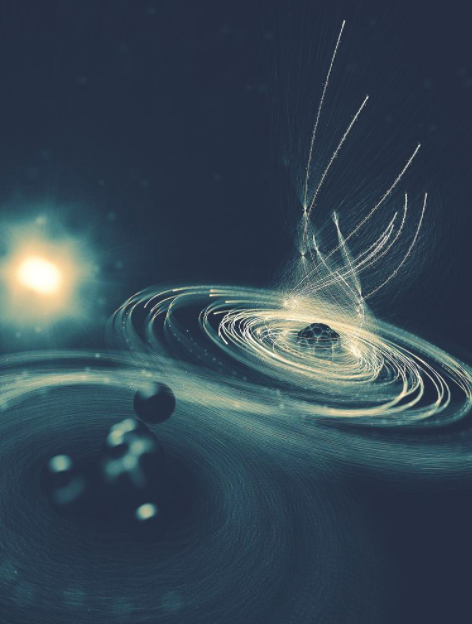If you thought that black holes were something that only existed in the furthest reaches of our universe where they can’t suck us into their terrifying vacuum of nothingness, you’d be wrong.
This is after a team of scientists at Stanford University, managed to create a ‘molecular black hole’ in a laboratory in California using the full force of the world’s most powerful x-ray laser.

The National Accelerator Laboratory in the USA is home to the number one laser worldwide, capable of an intensity “about a hundred times more intense than what you would get if you focused all the sunlight that hits the Earth’s surface onto a thumbnail,” according to co-author Sebastien Boutet.
Using a series of mirrors, the team focused this powerful X-ray beam on to a tiny molecule placed on a spot just over 100 nanometres in diameter – approximately a thousand times narrower than a human hair.
They wanted to see how the molecule reacted to the power emitted by the laser.
They speculated that the laser pulses would strip out the innermost electrons from the iodine atom, leave it hollow, and then see cascades of electrons from the outer part of the atom rush to fill it.
But the observation didn’t stop there, the atom continued to suck in electrons from neighbouring carbon and hydrogen atoms too, like an electromagnetic black hole gobbling up a spiraling disk of matter.
In fact, it ‘consumed’ so much that within 30 femtoseconds (millionths of a billionth of a second) the molecule lost more than 50 electrons. And then blew up.
Daniel Rolles, lead author from Kansas State University, said that these findings proved in the future scientists need to plan better when using this technology, to study complex bacteria and viruses, that is so intense and energetic.
